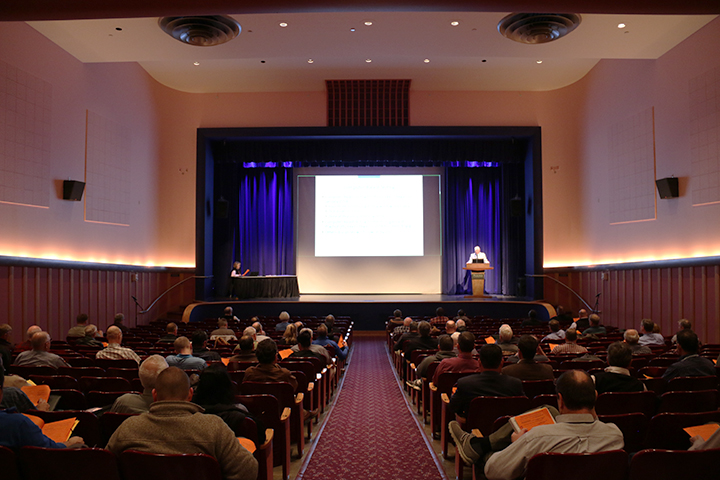Abstract
Cured-in-place pipe (CIPP) is the most popular water pipe rehabilitation technology in the U.S. In our study, materials emitted from the CIPP worksites were condensed and characterized in Indiana and California, and results showed that common assumptions about worksite safety were proven incorrect. In this session we share field observations and lessons learned, and provide a list of recommended construction practices to minimize risks to workers, the public, and the environment.
Session Number
37
Session Title
Cured-in-Place Pipe (CIPP) and Culvert Rehabilitation: Minimizing Risks
Track Title
Maintenance & Operations
Location
STEW214AB
Date of Version
March 2018
Recommended Citation
Teimouri, Mabi and Howarter, John, "Worksite Chemical Air Emissions and Exposures During Pipe Rehabilitation Using Cured-in-Place Pipe" (2018). Purdue Road School. 28.
https://docs.lib.purdue.edu/roadschool/2018/presentations/28
Start Date
3-6-2018 1:00 PM
End Date
3-6-2018 1:50 PM
Worksite Chemical Air Emissions and Exposures During Pipe Rehabilitation Using Cured-in-Place Pipe
STEW214AB
Cured-in-place pipe (CIPP) is the most popular water pipe rehabilitation technology in the U.S. In our study, materials emitted from the CIPP worksites were condensed and characterized in Indiana and California, and results showed that common assumptions about worksite safety were proven incorrect. In this session we share field observations and lessons learned, and provide a list of recommended construction practices to minimize risks to workers, the public, and the environment.





